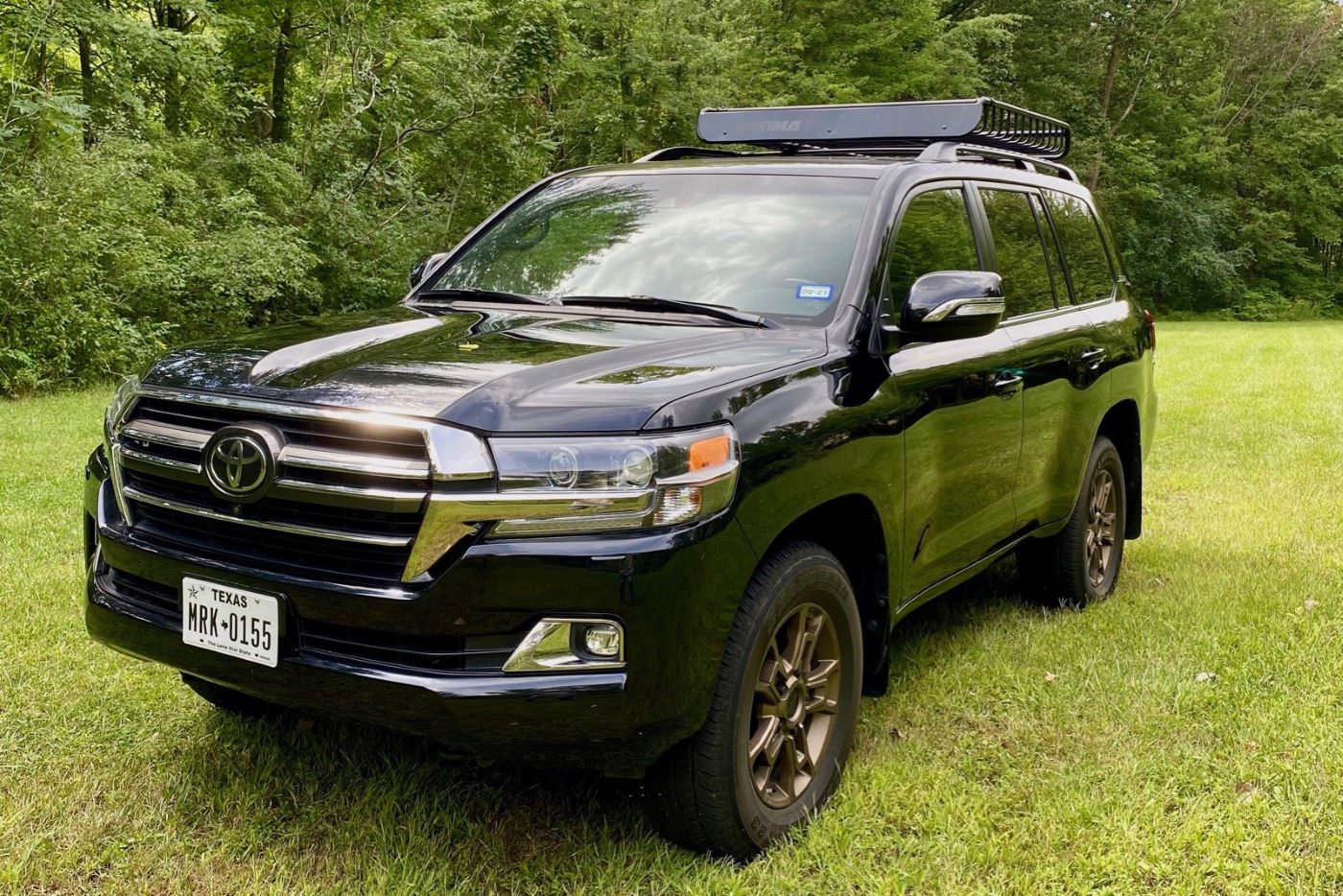When it comes to automotive design and engineering, many elements contribute to a vehicle’s overall quality, comfort, and longevity.
While most consumers understandably focus on engine performance, fuel efficiency, or infotainment systems, one of the most critical yet often overlooked aspects of vehicle durability is the humble door hinge.
It may seem like a minor component compared to complex drivetrain parts or advanced electronics, but door hinges play an outsized role in defining the user experience, safety, and long-term value of a car.
Door hinges are the literal pivot points that allow access to a vehicle’s interior, bearing the full weight of heavy metal doors and enduring thousands of cycles of opening and closing throughout the vehicle’s life.
Poorly designed or cheaply manufactured hinges can lead to a host of problems: sagging doors that fail to close properly, misaligned panels that spoil the car’s aesthetics, compromised weather sealing that invites water leaks and drafts, and even potential safety risks if doors do not latch securely.
On the other hand, perfectly engineered hinges provide smooth, silent operation, preserve structural integrity, and enhance the overall perception of quality that elevates a car from merely functional to truly refined.
Despite their importance, door hinges often receive less attention during design and production than they deserve. Manufacturers must balance cost, weight, and engineering complexity, sometimes resulting in hinge assemblies that do not withstand the rigors of daily use and harsh environments.
For consumers, this can mean frustrating repairs, diminished resale value, and a decline in their vehicle’s comfort and safety over time.
In this article, we explore two contrasting groups of vehicles based on the quality and longevity of their door hinges. First, we delve into five cars known for having near-perfect door hinge designs—vehicles whose hinges stand the test of time, providing reliable, smooth, and secure door operation even after many years of use.
These models showcase thoughtful engineering, premium materials, and maintenance-friendly designs that many carmakers could learn from. Conversely, we examine five vehicles infamous for their door hinges sagging and deteriorating within just two or three years.
These cars highlight common pitfalls such as cost-driven material compromises, insufficient structural support, inadequate corrosion protection, and poor lubrication practices. Understanding these issues helps consumers make more informed purchasing decisions and underscores the importance of quality hinge engineering in overall vehicle satisfaction.
By analyzing both ends of the spectrum, this article offers a comprehensive look at how something as seemingly simple as a door hinge can dramatically influence the ownership experience.
Whether you’re a car enthusiast, a practical buyer, or someone who simply values durability, recognizing the role of door hinge quality helps you appreciate the finer details that contribute to a vehicle’s lasting appeal and reliability.
In the end, the difference between a door that closes with a confident, reassuring thud and one that sags, rattles, or leaks can be traced back to the often unseen but critically important door hinge design.
Also Read: 5 Cars That Have Clean Titles at 200K Miles and 5 That Hide Lemon History
5 Cars With Perfect Door Hinges
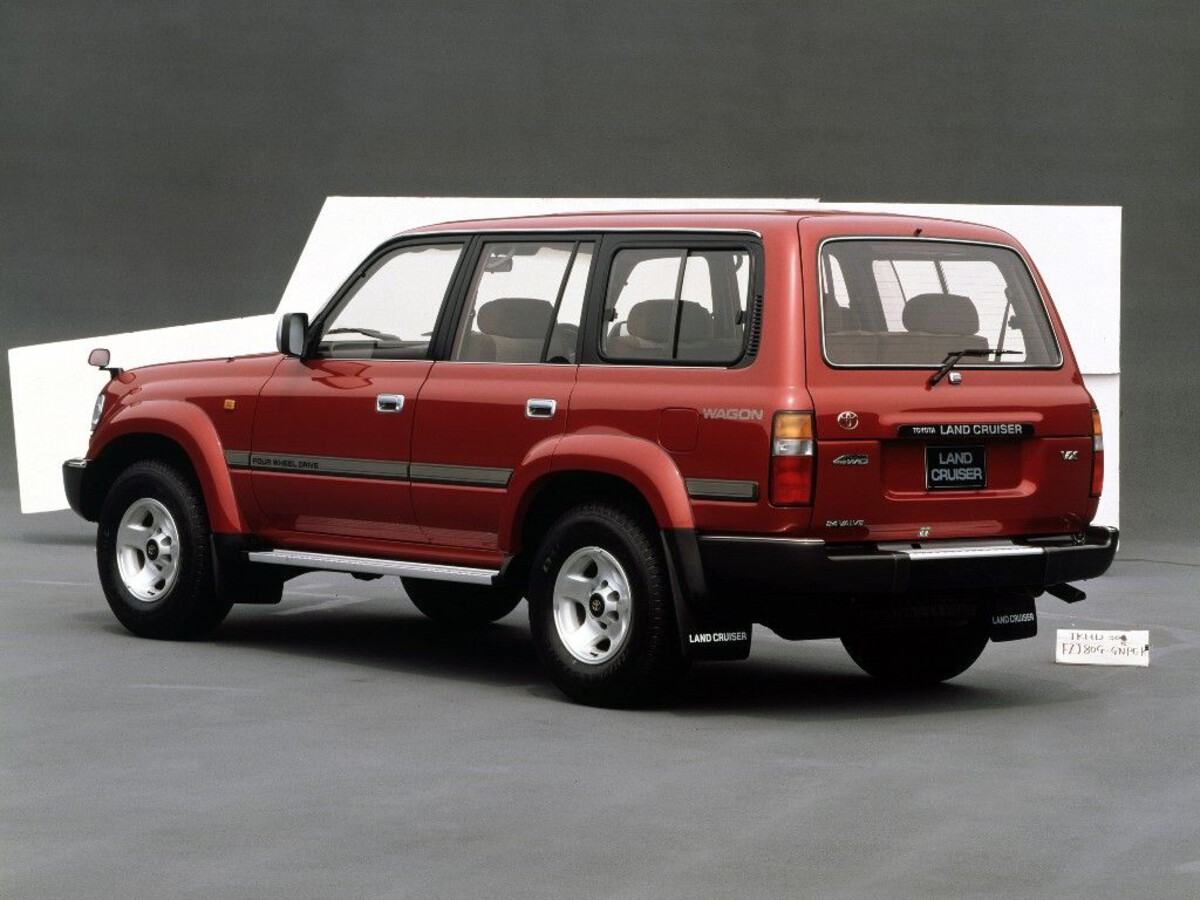
1. Toyota Land Cruiser (Various Generations)
The Toyota Land Cruiser’s reputation for durability extends far beyond its powerhouse engine and robust chassis. One of the unsung heroes of its legendary build quality is the durability and engineering excellence of its door hinges.
These hinges aren’t just ordinary metal fittings—they are meticulously crafted to handle extreme loads and environmental conditions, ensuring that even after decades of use, the doors stay aligned and function perfectly.
Toyota’s use of heavy-gauge steel for the hinges, combined with oversized, precision-machined pins, ensures a long lifespan with minimal wear. Unlike many SUVs, where door sag is a known problem, the Land Cruiser doors close with a satisfying, firm thud that speaks to the vehicle’s build integrity.
The hinges are designed to withstand the rigors of harsh off-road conditions, where frequent door use and exposure to dirt, mud, water, and temperature extremes are the norm.
Toyota engineers apply specialized grease that resists drying out or washing away, ensuring the hinges stay lubricated and smooth even in dusty or wet environments.
Additionally, Toyota designed the hinge assembly to be easily serviceable. Owners and mechanics can access and lubricate hinge points without removing the door, a thoughtful detail that greatly extends hinge life and prevents sagging over time.
Beyond materials and maintenance, Toyota’s precise manufacturing tolerances mean that hinge mounting points on the body and door panels remain consistent across thousands of miles.
This tight manufacturing precision ensures the door frame and body panels don’t deform or shift over time, which is a common cause of sagging in cheaper or less carefully built vehicles.
This structural integrity ensures the Land Cruiser’s doors maintain their fit and finish even in vehicles with exceptionally high mileage and heavy usage.
This commitment to hinge durability has practical implications that extend beyond aesthetics. Doors that remain perfectly aligned help preserve the integrity of weather seals, reducing water leaks and wind noise inside the cabin.
They also improve safety by ensuring doors latch securely every time. In an SUV designed for tough conditions and serious longevity, Toyota’s hinge engineering is a foundational component of the Land Cruiser’s legendary reputation for reliability and user satisfaction.
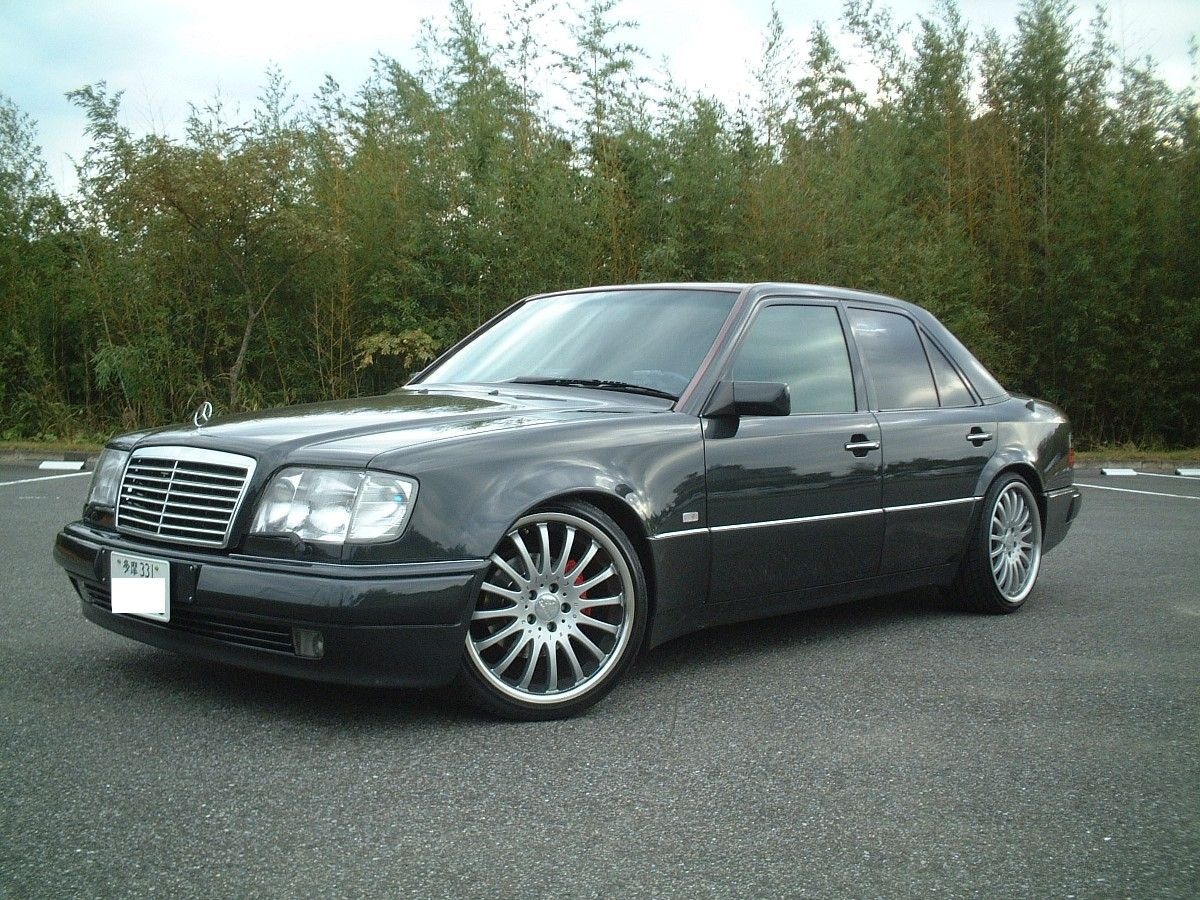
2. Mercedes-Benz W124
The Mercedes-Benz W124, produced from the mid-1980s to the mid-1990s, is widely regarded as one of the most well-built passenger cars ever made, and its door hinges are a prime example of this engineering excellence.
Mercedes engineers did not hide the door hinges behind panels but rather made them visible, heavy-duty components that could be inspected, maintained, and adjusted if necessary.
This approach speaks volumes about their commitment to longevity and serviceability. The hinges use thick steel with large pins that allow smooth pivoting under high loads without significant wear or deformation.
One of the standout qualities of the W124 door hinges is their precise fit and finish, a result of Mercedes’ stringent quality control and manufacturing standards.
The pins and bushings inside the hinge are made from materials designed to resist wear and corrosion over decades. This durability ensures that even cars with well over 300,000 miles on the clock can still have doors that close smoothly and align perfectly with the bodywork.
A particularly clever feature of the W124 hinges is their adjustability. Unlike many modern cars, where door hinge sag can only be corrected by replacing parts, the W124 allows technicians to shim and align the hinges to correct any minor sag or misalignment over time.
This ease of adjustment is rare and contributes greatly to the vehicle’s long-lasting door quality. It also makes repairs more affordable and less invasive, prolonging the vehicle’s service life and enhancing owner satisfaction.
The result is a door that closes with a solid, reassuring feel, no matter how many years or miles have passed. This refined door operation contributes to the overall impression of quality and luxury that makes the W124 a timeless classic.
The hinges are not just functional parts—they are a testament to Mercedes-Benz’s philosophy of building cars to last, with craftsmanship and precision evident in every detail.
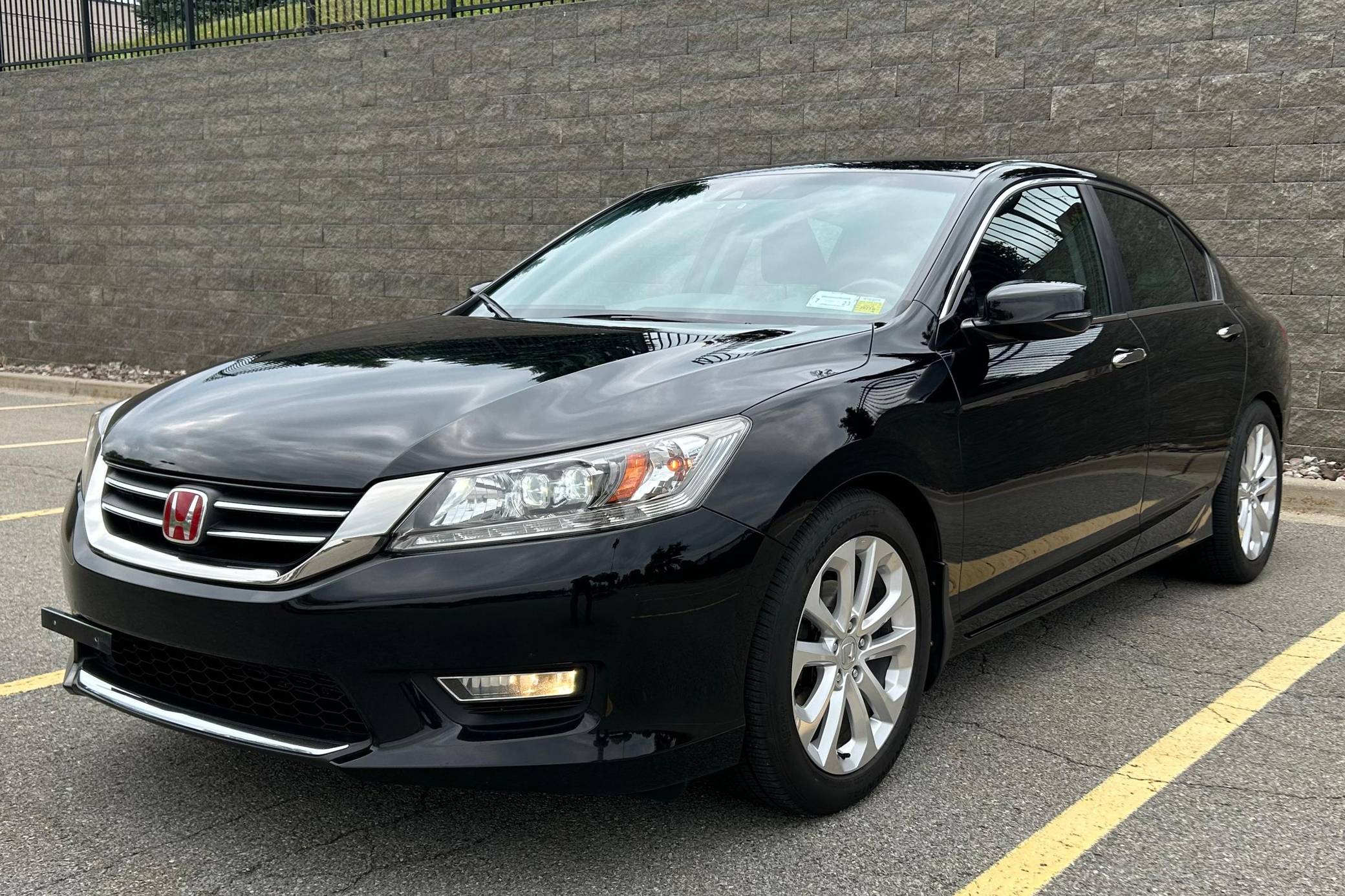
3. Honda Accord (1990s and 2000s Models)
The Honda Accord has long been celebrated for its balance of reliability, comfort, and value, and its door hinge design plays a key role in delivering a consistently positive ownership experience.
Especially in the 1990s and early 2000s models, Honda used corrosion-resistant steel alloys and advanced manufacturing techniques to produce hinges that stand up to years of daily use without sagging or losing alignment.
These models benefit from hinges that not only endure the weight of frequent door use but also resist rust and deformation, two common causes of premature hinge failure.
A critical aspect of the Accord’s hinge success is the company’s attention to lubrication and sealing. Unlike many vehicles where dirt and moisture can infiltrate and degrade hinge components, Honda designed its hinges with protective rubber boots and grease-filled chambers.
This innovation keeps the pivot points well lubricated and free from abrasive contaminants, ensuring smooth operation even after many years on the road.
The precise machining and assembly tolerances in the Accord’s door hinges also contribute to their longevity. Each hinge is manufactured to exact specifications, ensuring a tight fit between moving parts that minimizes play and wear.
As a result, the doors maintain tight alignment and operate with a solid, secure feeling, even after thousands of open-and-close cycles.
Owners frequently report that even high-mileage Accords maintain their door integrity without the creaks, rattles, or misalignments common in other vehicles.
This hinge durability is one of many reasons why the Accord continues to hold its value and reputation as a practical, long-lasting family sedan. For drivers, it means fewer repairs, less noise, and a consistently reassuring driving experience.
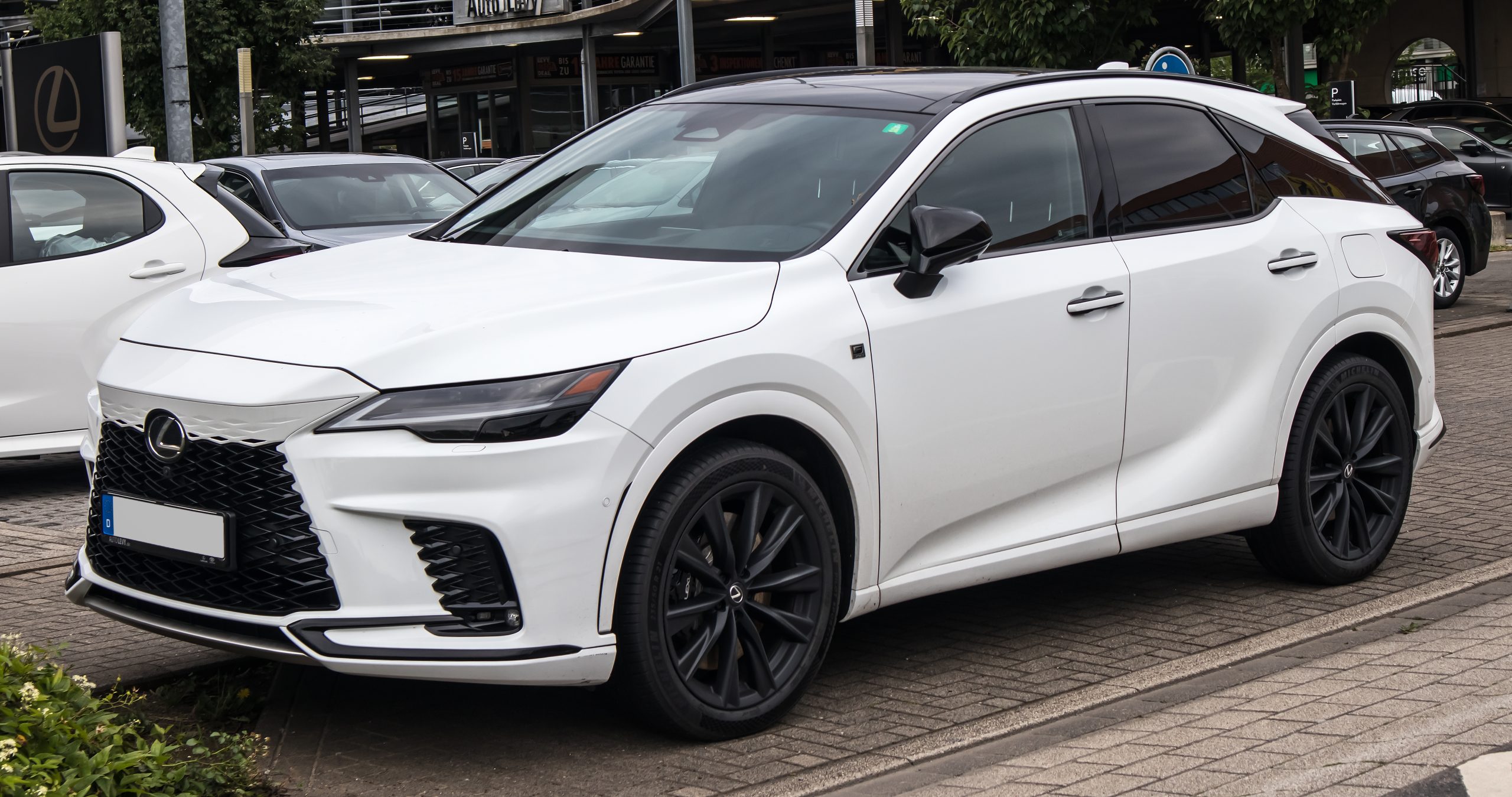
4. Lexus RX (Second Generation)
Lexus is known for its meticulous attention to detail and commitment to luxury quality, and the second-generation RX SUV (2003-2008) is no exception. The door hinges on this model exemplify Lexus’s philosophy of combining robust engineering with refined operation.
These hinges use hardened steel components with close manufacturing tolerances that prevent sagging and maintain perfect door alignment through years of use. Lexus engineers carefully selected materials and coatings to resist corrosion, combined with premium grease formulations to ensure silent and smooth hinge movement.
The hinges are protected by tightly fitting rubber seals that prevent dirt and moisture ingress, which can accelerate wear and lead to sagging. This sealing also contributes to reduced cabin noise and a more premium feel when closing the doors.
The RX hinges benefit from a design that balances durability with user comfort. The doors open and close with a soft but firm feel, avoiding the clunky or loose sensations that plague lesser vehicles. This not only enhances the driving experience but also helps maintain the integrity of the door seals, preventing drafts and leaks.
Maintenance is straightforward, and many Lexus owners report no hinge-related issues even after 150,000 miles or more. The lasting quality of these hinges reinforces the RX’s reputation as a vehicle that ages gracefully, providing luxury and reliability without compromise.
It’s a testament to Lexus’s ability to engineer components that meet the demands of real-world ownership, marrying form and function seamlessly.
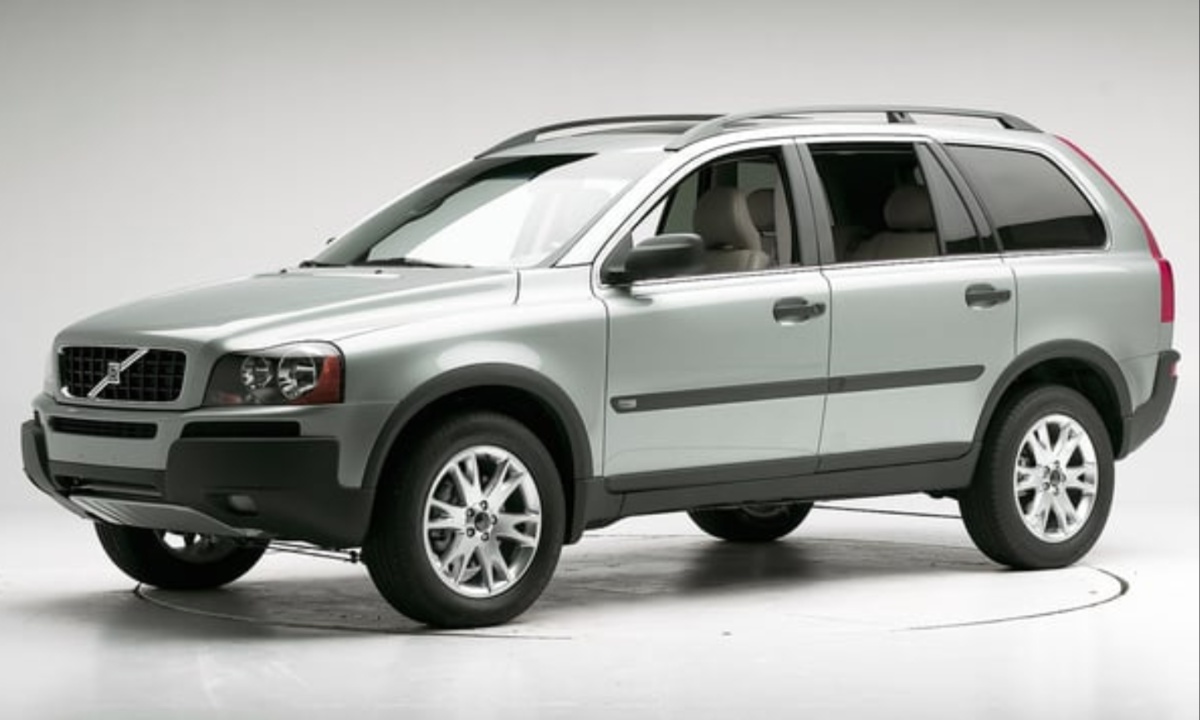
5. Volvo XC90 (First Generation)
Volvo’s first-generation XC90, launched in 2003, quickly earned praise for its safety features and solid build quality. One key contributor to the XC90’s reputation is its door hinge design, which exemplifies Volvo’s holistic approach to durability and reliability.
The hinges are constructed from thick, galvanized steel designed to withstand heavy use without sagging or deformation, even on the large and weighty SUV doors.
Volvo pays special attention to corrosion protection, using rubber seals and coatings to keep moisture away from hinge pins and bushings.
This is especially important in colder climates where road salt and humidity can quickly cause rust-related issues. By mitigating corrosion, Volvo extends the service life of the hinges, ensuring doors stay properly aligned and function smoothly.
The hinge pins and bushings are designed to maintain tight tolerances even after thousands of opening and closing cycles, preventing the typical slack and looseness that lead to sagging. The result is a door that feels solid, aligns perfectly with the body, and closes with a satisfying sound that reinforces the XC90’s premium build quality.
Owners of high-mileage XC90s often highlight the door operation as a standout feature, with no rattles or misalignment even after years of use. This consistent hinge performance supports Volvo’s reputation for safety and durability, offering drivers peace of mind that extends beyond crash tests to the everyday reliability of their vehicle.
5 Cars That Sag by Year Three

1. Jeep Grand Cherokee (Fourth Generation, 2011–2021)
The Jeep Grand Cherokee, while renowned for its rugged looks and off-road capabilities, unfortunately struggles with a notorious issue: door hinge sagging within the first few years of ownership.
This problem is particularly prevalent in the fourth-generation models introduced in 2011, where owners frequently report doors beginning to misalign and sag as early as the second or third year.
The root of the issue lies partly in the design and partly in the materials used for the hinges and their mounts. Unlike the heavy-duty steel hinges in more durable SUVs, the Grand Cherokee’s hinges in these model years incorporate lighter alloys and thinner mounting brackets.
This approach, likely aimed at reducing manufacturing costs and vehicle weight, results in less structural support for the heavy SUV doors.
The hinge pins and bushings, which should normally absorb the repetitive stresses of door opening and closing, tend to wear out prematurely under the weight and frequent use. Once this wear sets in, the doors begin to droop, resulting in misaligned gaps and doors that no longer close securely.
This sagging isn’t just a cosmetic issue—it directly affects the seal integrity, leading to wind noise, water leaks, and an overall decline in the vehicle’s refinement. Moreover, the sagging can compromise the door latch mechanisms, creating safety concerns if the doors do not fully engage.
Jeep’s maintenance manuals often suggest periodic hinge lubrication, but many owners find this is not enough to prevent wear due to the hinge design’s inherent weaknesses.
Repairing sagging doors typically involves replacing hinge components, which can be expensive and require professional alignment to restore proper door fitment. Some owners report having to replace hinges multiple times or invest in aftermarket heavy-duty parts to fix the problem long term.
The issue with the Grand Cherokee’s hinges highlights a broader challenge faced by many manufacturers: balancing cost, weight, and durability.
Despite Jeep’s reputation for ruggedness, the hinge problems erode the vehicle’s perceived quality, especially for owners expecting the doors to maintain tight, quiet operation throughout the vehicle’s life. It serves as a cautionary example of how critical hinge engineering is to overall vehicle satisfaction.

2. Ford Escape (Third Generation, 2013–2019)
The Ford Escape is a widely popular compact SUV, but the third-generation models produced between 2013 and 2019 have been plagued with door hinge problems that manifest relatively early in the vehicle’s life cycle.
By around the two-to-three-year mark, many Escape owners begin to notice their doors sagging or becoming misaligned, causing uneven panel gaps and sometimes making doors difficult to close properly.
This issue is often traced back to cost-cutting decisions in hinge material selection and mounting design. Instead of employing reinforced steel or heavy-duty pins, the Escape’s hinges tend to use lighter, less durable alloys that fail to withstand prolonged stress.
Additionally, the design of the door frame and hinge mounting points on the Escape is relatively thin and lacks sufficient reinforcement. This structural shortcoming allows the mounting bolts and brackets to elongate or deform over time, especially with frequent door use or exposure to road vibrations.
Once the mounting points begin to degrade, the entire hinge assembly shifts, accelerating door sag and contributing to rattling noises inside the cabin.
The problem is exacerbated in climates with frequent moisture exposure, as the hinges often lack adequate corrosion protection. Rust and grime infiltrate the pivot points, degrading the bushings and pins faster than in better-engineered systems. Many owners report creaks, squeaks, and increasing difficulty in opening and closing doors as hinge wear worsens.
Repairing the sagging doors on the Escape typically involves replacing hinges and sometimes door frames or mounting brackets, which can be costly relative to the vehicle’s price point.
The inconvenience and expense of these repairs have led to frustration among owners who otherwise appreciate the Escape’s versatility and affordability. This hinge issue underscores the importance of durable materials and robust structural design, especially on vehicles subjected to heavy daily use.

3. Chevrolet Equinox (Second Generation, 2010–2017)
The Chevrolet Equinox is a staple in the compact SUV segment, but its second-generation model years have a documented history of door hinge issues that manifest within the first few years of ownership.
Many Equinox owners report their doors sagging and losing alignment after as little as two years, particularly in higher trim levels where doors are heavier due to additional features and insulation. This early failure is largely due to inadequate hinge design and subpar materials.
The hinges employ pins that are undersized for the door weight and bushings that wear out quickly, unable to handle the constant stress of door operation.
Moreover, the mounting brackets on the Equinox doors have been criticized for being insufficiently reinforced. The door frame tends to flex or distort under repeated stress, causing the hinges to shift out of alignment.
This flexing leads to gaps forming between the door and body panels, undermining the vehicle’s weather sealing and noise insulation. It also creates an unsightly, uneven appearance that diminishes perceived quality.
Rust and corrosion further compound the problem in regions with harsh winters or high humidity. The hinges often do not receive enough protective coating, allowing moisture to penetrate and corrode metal components, which accelerates wear and contributes to premature sagging.
Additionally, inadequate lubrication and sealed hinge designs trap dirt and grit, increasing abrasion on moving parts.
Fixing these issues on the Equinox often requires hinge replacement and door realignment, with some owners resorting to aftermarket parts or reinforcements to prevent recurring sag.
This problem detracts from the otherwise practical and comfortable nature of the Equinox, signaling the importance of thorough hinge engineering in building vehicles that stand the test of time.

4. Nissan Altima (Fifth Generation, 2013–2018)
The Nissan Altima is a popular midsize sedan with a reputation for value and efficiency, but its fifth generation has faced notable criticism regarding door hinge longevity. Owners have reported that doors begin sagging and misaligning within just a couple of years, causing uneven gaps and increasing difficulty in closing doors securely.
This issue often stems from the use of less durable hinge materials and design flaws that do not adequately support the door’s weight and frequent use cycles.
The hinges on these Altimas often feature thinner steel and less robust mounting plates, making them vulnerable to stress deformation. The mounting points may elongate or crack, which undermines the hinge’s ability to maintain proper alignment.
In addition, Nissan’s design lacks effective sealing and lubrication channels in the hinge area, allowing dirt, moisture, and salt to accelerate corrosion and wear.
Environmental factors worsen this problem, especially in coastal or snowy regions where salt and moisture exposure is frequent. This accelerates hinge degradation, leading to looseness, sagging, and increasing rattling noises. Many owners express frustration as these issues begin well before the typical lifespan expected of a midsize sedan.
Repairing door sag on the Altima usually requires hinge replacement and realignment, sometimes accompanied by repair or reinforcement of the mounting areas. This maintenance can be costly and inconvenient, detracting from the car’s otherwise efficient and comfortable appeal.
The Altima’s hinge issues serve as a reminder that even popular, well-regarded models can falter if critical components like door hinges are under-engineered.
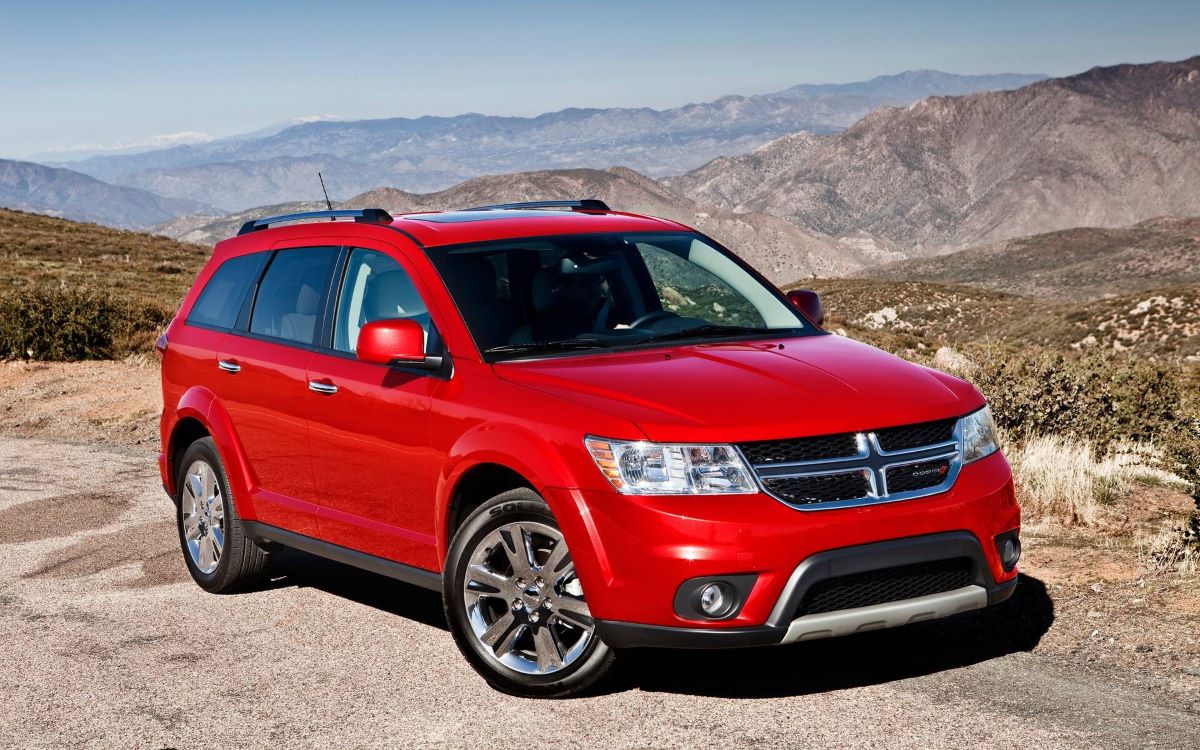
5. Dodge Journey (First Generation, 2009–2020)
The Dodge Journey, positioned as an affordable family crossover, has gained a reputation for early door hinge sag problems that surface within just a few years.
Many owners report that by the third year, their doors begin to droop noticeably, making them difficult to close and causing uneven gaps. This early sagging stems largely from the use of lightweight hinge materials combined with insufficient reinforcement on the door frames and hinge mounts.
The hinge pins and bushings in the Journey are prone to premature wear due to inadequate lubrication and exposure to environmental elements like road salt and moisture. Unlike some competitors that seal and grease hinges effectively, the Journey’s hinge design leaves pivot points vulnerable to corrosion and dirt ingress, which accelerates deterioration.
Compounding the problem, the mounting points on the door and vehicle frame often show signs of stress and deformation under the constant strain of door operation. This structural weakening leads to more pronounced sagging and sometimes even cracking or warping of the door frame itself.
Owners dealing with this issue experience increased cabin noise, drafts, and water leaks, all symptoms of poorly aligned doors. Repairing these problems typically requires hinge assembly replacement, reinforcement of mounting points, and precise door realignment, which can be expensive relative to the vehicle’s price range.
The Dodge Journey’s hinge sagging highlights the trade-offs made in cost-sensitive vehicles, where durability in small but crucial components is sometimes sacrificed.
Also Read: 5 Vehicles That Qualify for Insurance Discounts and 5 That Cost More Each Year
In the complex world of automotive engineering, where cutting-edge technology and innovative design often grab the spotlight, it’s easy to overlook small but vital components like door hinges.
Yet, as we have seen throughout this exploration, the quality and durability of a vehicle’s door hinges profoundly affect not only the day-to-day user experience but also the long-term value, safety, and structural integrity of the car.
The difference between cars with hinges that “last forever” and those whose doors sag in just a few short years is a testament to the power of thoughtful engineering, material choice, and manufacturing precision.
The vehicles known for their perfect door hinges—such as the Toyota Land Cruiser, Mercedes-Benz W124, Honda Accord, Lexus RX, and Volvo XC90—demonstrate what happens when manufacturers prioritize durability, use robust materials, and design with maintenance and longevity in mind.
Their hinges remain aligned, silent, and smooth despite years of demanding use, contributing to the overall perception of quality and ownership satisfaction.
These cars often allow for easy servicing and lubrication, feature corrosion-resistant coatings, and have reinforced mounting points that resist deformation. This attention to detail ensures that the doors function reliably and safely, enhancing the cabin’s comfort by maintaining weather seals and reducing noise intrusion.
On the flip side, cars like the Jeep Grand Cherokee (fourth generation), Ford Escape (third generation), Chevrolet Equinox (second generation), Nissan Altima (fifth generation), and Dodge Journey reveal the consequences of cost-saving measures and design compromises.
Their door hinges frequently succumb to wear and deformation in as little as two or three years, leading to sagging doors, misalignment, rattling, and even potential safety concerns. In many cases, these issues arise from the use of lighter, less durable materials, insufficient hinge lubrication, inadequate corrosion protection, and weak structural mounting points.
For owners, the result is often costly repairs, diminished vehicle refinement, and frustration over a problem that can significantly detract from the driving experience.
This comparison highlights an essential lesson for consumers and manufacturers alike: door hinges may be small components, but their impact on vehicle quality is immense.
For buyers, paying attention to reviews and owner experiences related to hinge durability can inform better purchasing decisions and avoid future headaches. For manufacturers, investing in robust hinge design and materials not only boosts customer satisfaction but also enhances the brand’s reputation for quality and longevity.
Ultimately, door hinges represent a microcosm of the broader challenges and triumphs in automotive design, where engineering ingenuity meets practical durability.
The next time you open or close a car door, consider the engineering marvel behind that simple action. Whether it snaps shut with perfect precision or sags under its weight is a story of materials science, design choices, and quality control—a story that speaks volumes about the vehicle as a whole.

